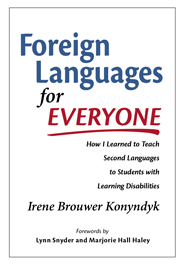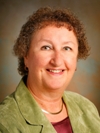It has been a long time since I posted anything on my blog. Like you, the effects of COVID in my life have been life-changing in so many ways. Getting up the energy to think about research and ferret out other newsworthy findings can be a challenge, but let’s dive in once more!
I have always known that young children acquire language (first and additional) at astounding rates and, if they have an injury to their brains, they can recover amazingly well because their brains have the ability to switch processing from one side to the other. I have seen that in real life many times and the level of recovery seems to related to the age of the child; the closer they are to puberty, the more difficult recovery becomes.
This same phenomenon can be seen in second language acquisition in terms of how well a learner acquires accent-free speaking ability. I could use my own immigrant family as an example. We immigrated to Canada from the Netherlands after the end of WWII and, if you were to listen to my older siblings speak English compared to the younger members of the family (myself included), the strength of Dutch accent in English is directly related to the age of the person. Thus, my 3 oldest siblings speak English with a fairly heavy Dutch brogue, but the 4 youngest members of the family sound like native speakers of English.
Now a study has come out that supports what I have sensed for a long time. The study was done by Dr. Elissa Newport, who is a neurology professor at Georgetown University Medical Center in Washington, D.C. The study enrolled 39 healthy children, aged 4 to 13; and 14 adults, aged 18 to 29. Here are some quotes from the article I found on the “HealthDay” website:
“Using functional MRI (fMRI), the researchers showed that adult language patterns are not established in young children, where both hemispheres are involved in language during early development.”
“The participants were given a sentence comprehension task. The researchers analyzed fMRI activation patterns in each hemisphere of the participants’ brains. The investigators then compared the language activation maps for children and adults. They also looked at the whole brain to identify areas where language activation was correlated with age. The findings showed that even young children had left-brain language activation. Many of the youngest children also had activation in the right hemisphere.”
Although the number of study subjects is quite small, and the ages of the adults are quite limited, I think the study provides an impetus for further research.
Here is the link:


